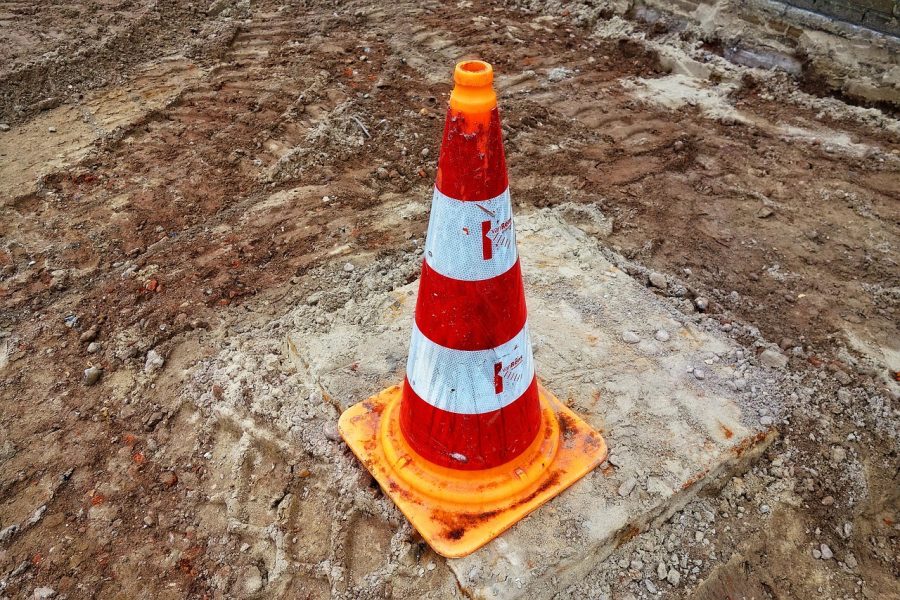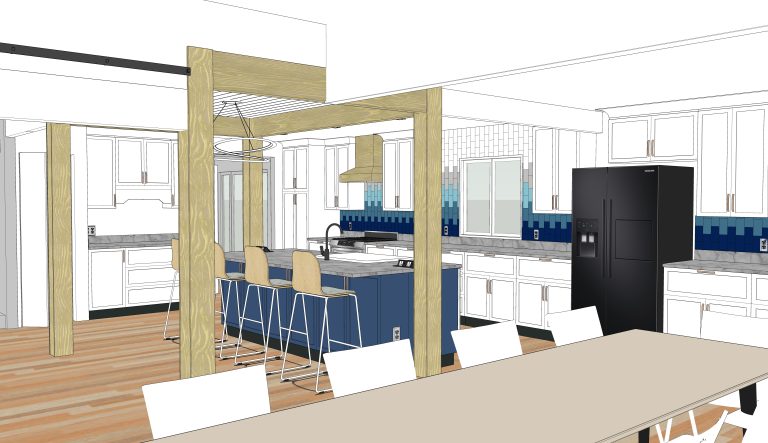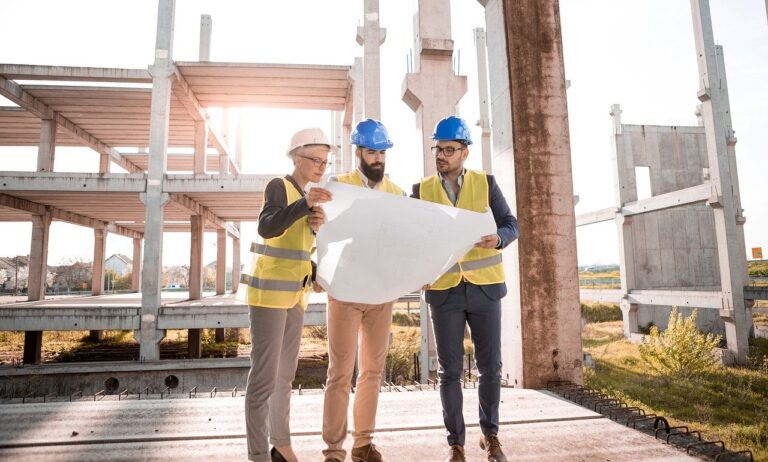Construction Best Practices
Why Best Practices Matter
In construction, cutting corners isn’t just costly—it can be dangerous. Adopting and maintaining best practices ensures projects are safe, efficient, compliant, and high-quality. Whether you’re on a small residential job or a major commercial development, following the right standards sets the foundation for long-term success.
Top Construction Best Practices
1. Start with a Solid Plan
- Conduct detailed site analysis and risk assessments.
- Create realistic timelines and budgets.
- Get all permits and approvals before breaking ground.
2. Prioritize Safety, Always
- Provide ongoing safety training for all crew members.
- Use proper PPE (Personal Protective Equipment).
- Follow OSHA guidelines and perform regular safety audits.
3. Use Quality Materials
- Source from trusted suppliers.
- Understand the environmental impact and durability of each material.
- Don’t sacrifice long-term performance for short-term savings.
4. Hire and Retain Skilled Labor
- Invest in training and professional development.
- Encourage a culture of respect and teamwork on-site.
- Vet subcontractors for both skill and reputation.
5. Embrace Technology
- Utilize project management software for scheduling and budgeting.
- Use drones and 3D scanners for site inspections and mapping.
- Integrate BIM (Building Information Modeling) for better collaboration and fewer mistakes.
6. Maintain Clear Communication
- Hold regular progress meetings with stakeholders.
- Document everything — changes, approvals, delays.
- Keep clients informed and engaged throughout the process.
7. Focus on Sustainability
- Reduce waste through accurate ordering and recycling.
- Use energy-efficient systems and eco-friendly materials.
- Consider certifications like LEED or ENERGY STAR.
Pro Tip: Documentation is Everything
Keep detailed records of inspections, contracts, revisions, and daily logs. This helps mitigate liability, improve transparency, and resolve issues faster.
Looking Ahead
Construction is evolving. Labor shortages, sustainability demands, and new technologies are reshaping how we build. Staying informed on best practices isn’t optional—it’s a competitive edge.
Staying informed on best practices isn’t optional—it’s a competitive edge
Stay Safe, Build Strong, and Build Smart!
Subscribe to our newsletter for short and helpful industry tips!








